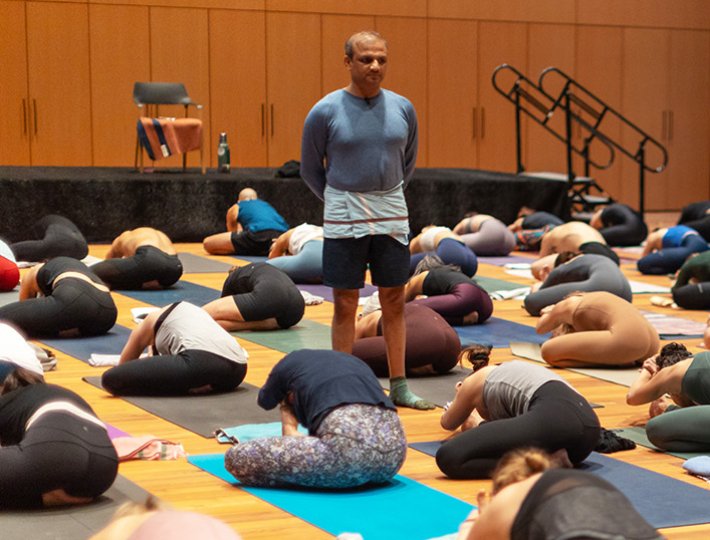Why do people tend to break their New Year’s resolutions? My guess is that the mind takes over. In a sense, it’s like your mind is competing against itself. Your conscious mind tells you make a resolution because it recognizes that there is something you want to change, stop doing, or achieve in the coming year. Perhaps, this year, you’re going to pay attention to your health, make more money, or learn to repel negativity. Problem is, your subconscious is used to doing things the old way. Which is why most people tend to subconsciously fall short of putting their best intentions into practice―at least, not for the longterm.
What can you do to prevent this cycle from happening yet again this year? Consider the following two mindfulness techniques―applicable to anyone in any situation―to help improve your odds of success.
Step #1: Visualization
One of the most powerful things you can do is use visualization from the moment you make the resolution. Don’t wait to start; do it now. Here’s how: Close your eyes and visualize, in your third eye area, an image or a little movie of yourself already having achieved your resolution.
For example, if you want to stop smoking, imagine yourself living a smoke-free life―whatever that may look like for you. If you want to run a marathon, picture yourself crossing the finish line. This technique allows you to plant the seeds of that final goal, which, in turn, becomes more and more affirmed each time you do this practice.
For this technique to be most effective, you must commit to seeing the final goal as if you have already reached it in the present. Do this practice once, twice, or three times every day for a maximum of 15 to 20 seconds. First thing in the morning is the best time, but you can use this technique whenever you have a free moment in your day.
Related: Visualization: 5 Steps to Create the Results You Want
Temptation and opportunity to get off track from your resolution will inevitably arise. In those moments, stand your ground. The more you practice visualization, the stronger the image becomes, and the harder it will be to take it away. Your resolve will, eventually, begin to feel effortless. Your new image of yourself will become overpowering. Though it might sound incredible, 40 days of this practice can overpower 20 years of smoking, because every element of the universe is there to support you, providing you with the strength and energy to do it.
Step #2: Affirmation
Strengthen your resolve with a well-timed affirmation. While lying in bed right before falling asleep, don’t visualize your goal, but instead say it out loud. The key here is to put your resolution into a positive statement. For example, “I’m going to quit smoking” is not a helpful affirmation. It may, actually, have the unintended effect of reinforcing an image that “you are a smoker.” The subconscious mind can’t tell the difference between good and bad, so you get stuck with only seeing yourself one way.
Instead, try to focus on something that is directly opposite to the habit you’re trying to break. A better option may simply be, “I always make healthy choices.” You can use this affirmation for pretty much any health-related resolution. In place of thinking about what you’re going to do, tell your mind what you’ve already achieved. The moment you start to believe you have reached your goal, the inner shift needed to accomplish your goal occurs. You’ve, essentially, created a new version of yourself inside your own head. It’s only a matter of time before you actually become that person.
It’s also important for the affirmation to be in the present tense. If you want to make more money, you can say, “I am extremely prosperous,” as if you have already achieved it. You could also try: “It’s easy for me to stick to my resolutions.” These affirmations also allow you to get a taste of how you will feel after you’ve already achieved your goal. You can even take the time to really take notice of how you feel about getting there. Say your affirmation at least three times before you go to sleep.












Comments (0)